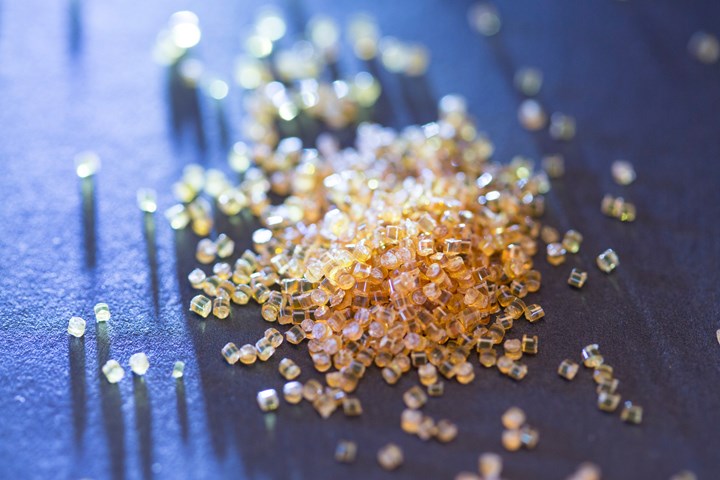News Letter

Since the beginning of this year, we have seen the scale of substrate pricing rising fiercely. Prices of the five volume commodity resins seem set to continue their upward march, at least for now. Driving this trajectory were higher feedstock costs, supplies tightened by production outages, and healthy domestic and export demand for all of these resins. Supply is especially tight for HPDE and LDPE, due to the outage of Braskem Idesa’s large Mexican plant. While the plant was back up and running at 15% of capacity, it was unlikely to make a difference in the supply shortage until April earliest.
As prices are on resin are increasing, there are a ways to re-use and recycle your old signs.
First off: What is Coroplast?
Coroplast is the trademarked brand name of the world’s largest producer of corrugated plastic. Corrugated plastic boards are essentially plastic cardboard, and are made from three layers of thin, polypropylene plastic substrate. The product consists of a zig-zagged layer of plastic sandwiched between two smooth layers of plastic sheeting – also known as twin-wall plastic sheeting. Coroplast’s layered structure makes corrugated plastic incredibly lightweight and shock absorbent.
What is polypropylene?
Polypropylene, often abbreviated PP or referred to as a #5 plastic, is a thermoplastic polymer that is incredibly stable. Polypropylene is ideal for Coroplast projects because it is chemically inert and has a neutral pH — that means that it can be exposed to heat, cold, chemicals, and solvents without degrading. Furthermore, polypropylene is chemically stable enough that it can be mixed with additives to give the resulting material special properties, like flame retardancy, UV-protection, static resistance, or bright custom colors.
What are common uses of corrugated plastic?
The most common use of corrugated plastic is for temporary outdoor signage, especially for yards. Campaign signage, home security notices, real estate signs, “for sale” signs, and parking signs are all examples of outdoor signs that are often made from corrugated plastic boards.
Coroplast can also be used to construct containers and packaging. Being both lightweight and sturdy, many postal services construct mail carriers out of Coroplast.
Lifespan of corrugated plastic:
Like any material, the lifespan of your Coroplast display depends on the conditions it is subjected to. When displayed outdoors in normal conditions, Coroplast will normally last about a year before it may begin to show a bit of warping or discoloration. When laminated with a matte finish for extra protection, a coroplast sign will look its best for longer. Coroplast can last virtually forever when kept indoors and not subjected to much wear and tear.
Is polypropylene recyclable?
Yes! Corrugated plastic made from polypropylene is 100% recyclable under Resin Code 5. How to recycle polypropylene depends on where you live. Not every curbside recycling program will accept it, but any recycling facility will. Your recycled corrugated plastic can be melted down and recycled into a number of common household plastic products.
Ways to reuse corrugated plastic?
Coroplast board is recyclable, but it is also a highly reusable product. Corrugated plastic is an incredibly useful material to have around the house if you are crafty. Save those sheets to make some neat Coroplast projects of your own! Coroplast is non-toxic and food-safe (unlike PVC), so it is safe to use around children and animals. Recycled Coroplast projects are a fun and environmentally-friendly way to get in the DIY spirit.
Paragon Visual offers a wide variety of premium self adhesive film.
If you have any questions or need help finding the right one, give us a call at (612) 807-1890.
Products:





